How to Do Proper Calf Raises
The calf muscle is often overlooked but our calf muscles are essential to our everyday life. We use them to stand, move, and jump.
One way to strengthen our calf muscles - Calf raises.
Simple enough right? Stand on your tippy toes and back down. Repeat. It doesn’t get much simpler than that… let’s dive a little deeper.
What Are Calf Raises?
Calf raises are a body weight exercise that target the two main muscles of the calf: the gastrocnemius and soleus. The gastrocnemius is the main muscle of the calf, it is the bulk of your calf muscle. The soleus is a flat muscle that sits slightly deeper.
Calf raises strengthens the calves and the muscles surrounding the ankle. The prime movement during a calf raise is ankle plantarflexion (toes pointing down) targeting the gastrocnemius and soleus.
Benefits of Calf Raises
- Calf raises can promote ankle stability and mobility. By strengthening the calf muscles, it strengthens the muscles around the ankle as well which is extremely important to prevent injury.
- Calf raises can improve calf strength and endurance.
- Calf raises can increase your running speed. When running, you use your calf muscles each time you push off and raise your leg to propel forward. They are responsible for absorbing shock impact as you land. Runners with weak calves lack the strength to propel themselves forward efficiently which can lead to injuries.
How to do Calf Raises (step-by-step)
Standing bodyweight calf raises (3 set x 15 reps)
Start with your body weight. Hold on to a wall for more stability. Focus on proper technique and achieving a full range of motion. Try the exercise bare-foot to achieve better mobility. Shoes are fine as long as they don’t impede your ankle mobility.
- Stand upright. Position your feet shoulder-width apart, shoulders back. Keep your head and neck in a neutral position. Your shoulders should be directly over your hips.
- Position your feet straight ahead (a slight duck stance). Engage your quads. Make sure to distribute your weight evenly and use your feet to grip the floor to create a more stable position. Place your hands on your hips as you go through the exercise.
- Extend the ankle up as you press your toes down into the ground. Knees and hips should remain straight and locked. Make sure you’re going all the way up onto your big toe. Pause for a full 1-2 second count at the top of the movement.
- While maintaining stability, lower down with control and return to your initial position. Keep tension in your calves. Pause for a full 1-2 second count at the bottom before beginning another repetition.
Since this movement is done on the ground while focusing on balance, more muscle activation of the whole lower leg is integrated instead of just the calf muscles.
Elevated bodyweight calf raises (3 set x 15 reps)
Start with your body weight, add dumbbells to add resistance to the movement. Start with an elevated platform (weighted plates, stairs). Focus on proper technique and achieving a full range of motion.
- Starting position: Stand upright and position the balls of your feet on the edge of the platform.
- Lower your heels as far down as they can go, your heels should be hanging off the back of the platform.
- Press the balls of your feet into the step slowly raising your heels and pushing your body up. As you are slowly raising your heel, make sure to feel a stretch in your calf muscles.
- Pause for a full 1- 2 second count at the top of the movement. Make sure you’re going all the way up onto your big toe. Pause for a full 1-2 second count at the top of the movement.
- While maintaining stability, lower your heels back down with control and below the level of the platform. Keep tension in your calves. Pause for a full 1-2 second count at the bottom before beginning another repetition.
Since this movement is done on an elevated platform it is more effective at working your calf muscles than standing calf raises. They allow you to work the ankle through its entire range of motion and put more resistance on the calf muscles.
Calf Raise Tips
NO BOUNCING
If you’re bouncing during calf raises, you’re going too fast. Slow it down. Controlled reps will yield better results. By using momentum to move the weight (whether it is your bodyweight or the dumbbells you're holding) will produce unsatisfactory results. The time under tension is one of the key elements to advance muscle growth. For stronger, bigger calves, maintain a slow and controlled tempo.
FULL EXTENSION - STAND ALL THE WAY UP
As you’re going through the movement, make sure to fully extend. All the way up and all the way down. Some shoes (high tops and rigid shoes) can get in the way of full extension so try the movement barefoot.
PAUSE
Pauses during the movement are important to ensure the calf muscles are doing the work and not the tendon (Achilles tendon). Pause at the top of the movement for 1-2 seconds and pause at the bottom for 1-2 seconds.
Calf Raise Variations
Single Leg Calf Raise
Single leg calf raises are good for unilateral training; it forces both sides of your calves to work equally. Try single leg calf raises with no weight first, maintain stability (use a wall for balance). Same movement as bodyweight calf raises, just lift one leg to the rear by bending the knee or cross one leg behind the other. As you are going through the movement, really focus on pushing all the way forward through your toes.
Standing Calf Raise Machine
- First adjust the pad to your height. Once under the pads, your knees should be slightly bent.
- Stand up and you can begin your repetitions.
- Make sure to perform slow and controlled movement to aid in range of motion and strength.
Seated Calf Raise
- Sit on the machine. Place your toes on the lower portion of the platform with your heels extending off.
- Place your lower thigh under the pad ( make sure the pad is adjusted according to the height of your thighs)
- Push your heels up to lift the lever slightly and release the safety bar.
- Lower your heels down by bending the ankles until your calves are fully stretched.
- Raise your heels up as high as you can, extending the ankles. Pause for a second at the top.
- Lower back down, slow and controlled. That is one repetition. Repeat for 12-15 reps per set for lower volume weight; 8 - 12 reps per set for higher volume weight.
Looking for more help?
Hideout Fitness has personal trainers that can help you reach your fitness goals and they offer a free consultation. Click here to schedule your fitness consultation.












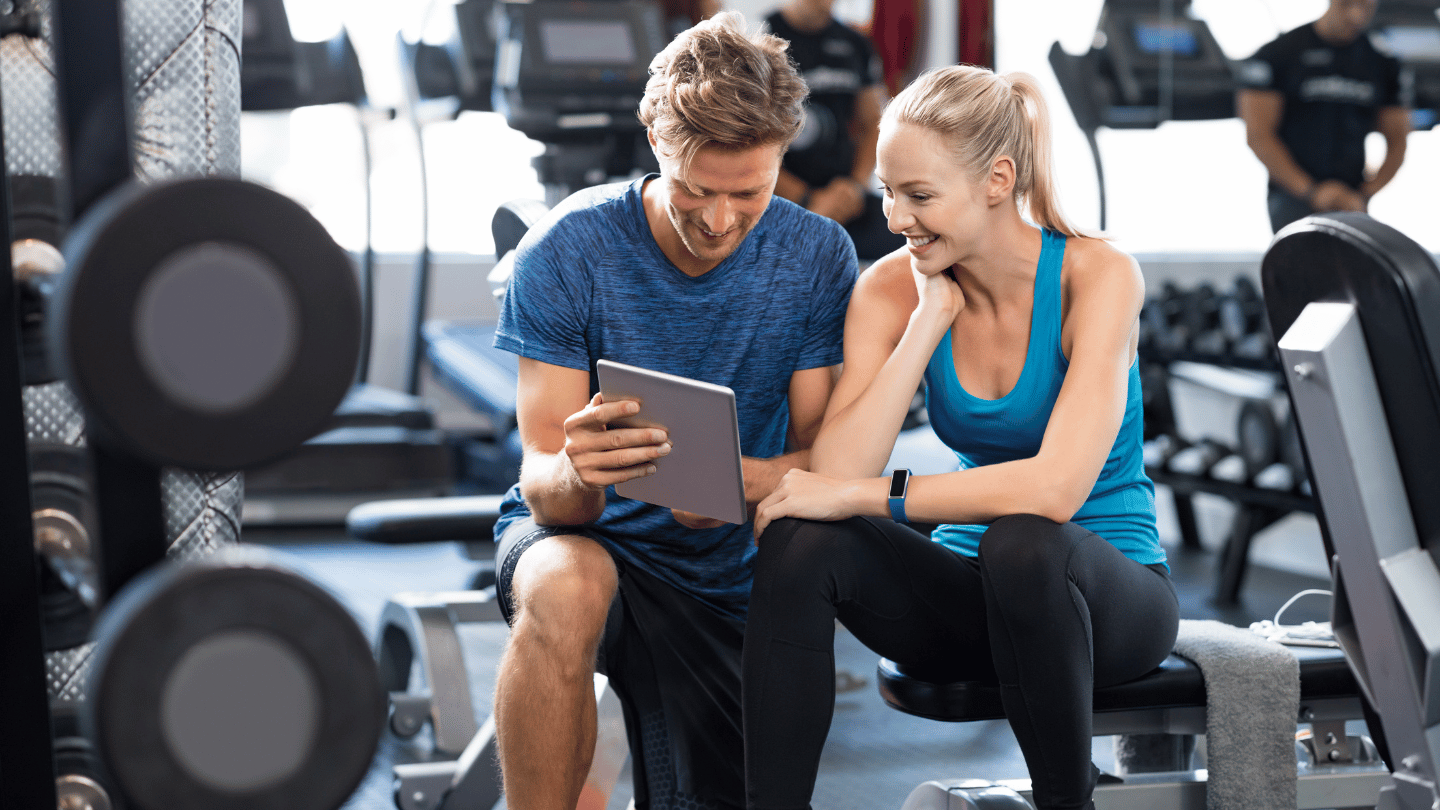

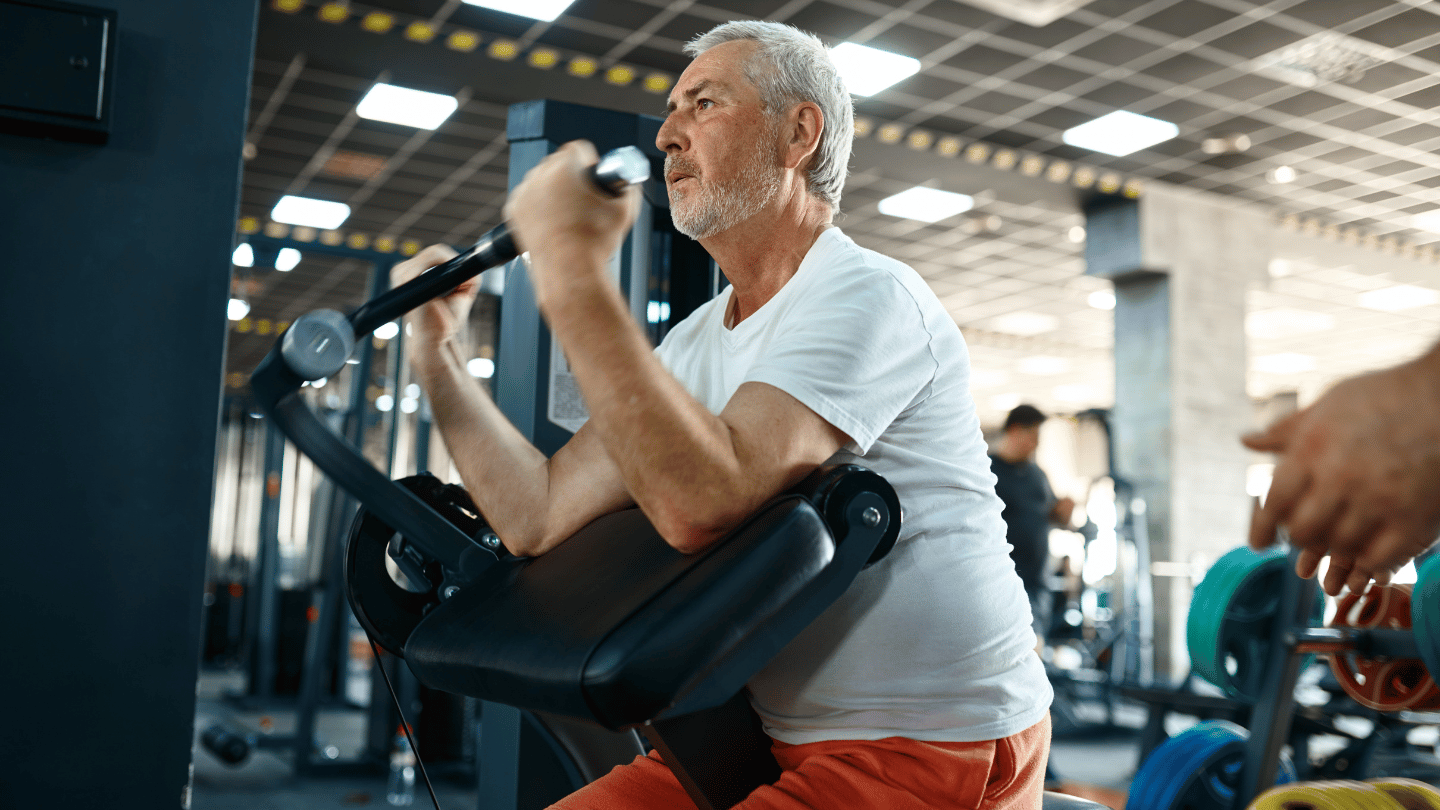





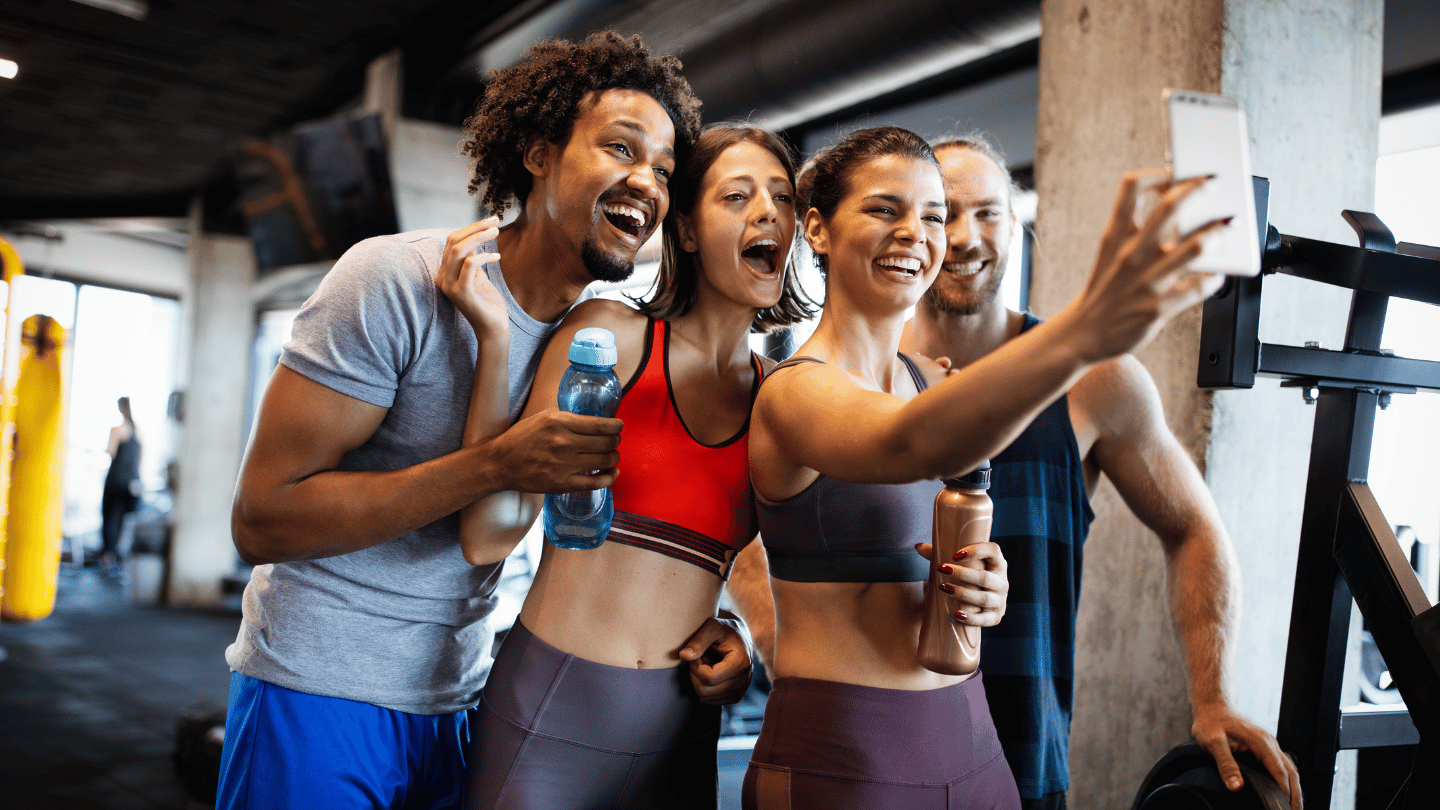

.png)

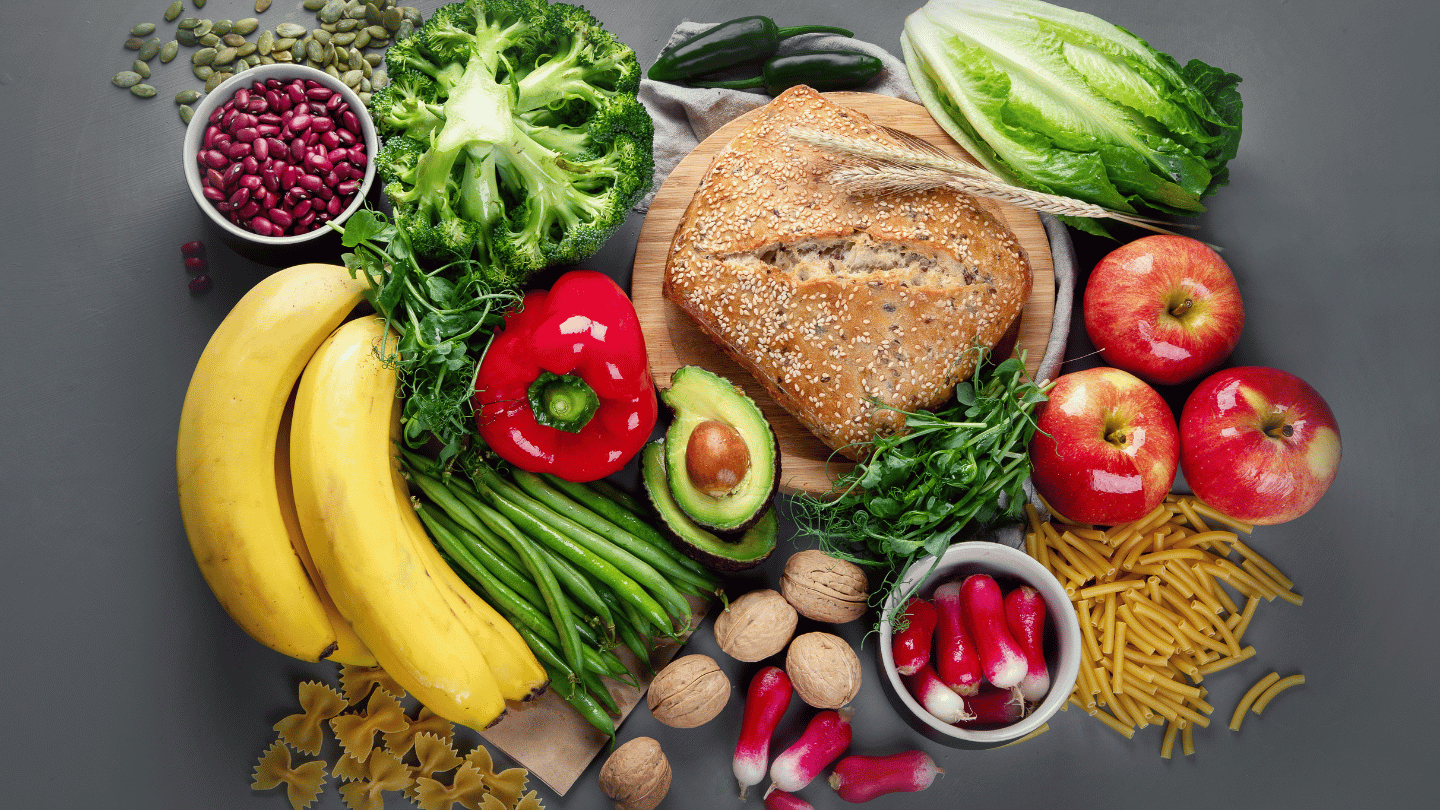









.png)




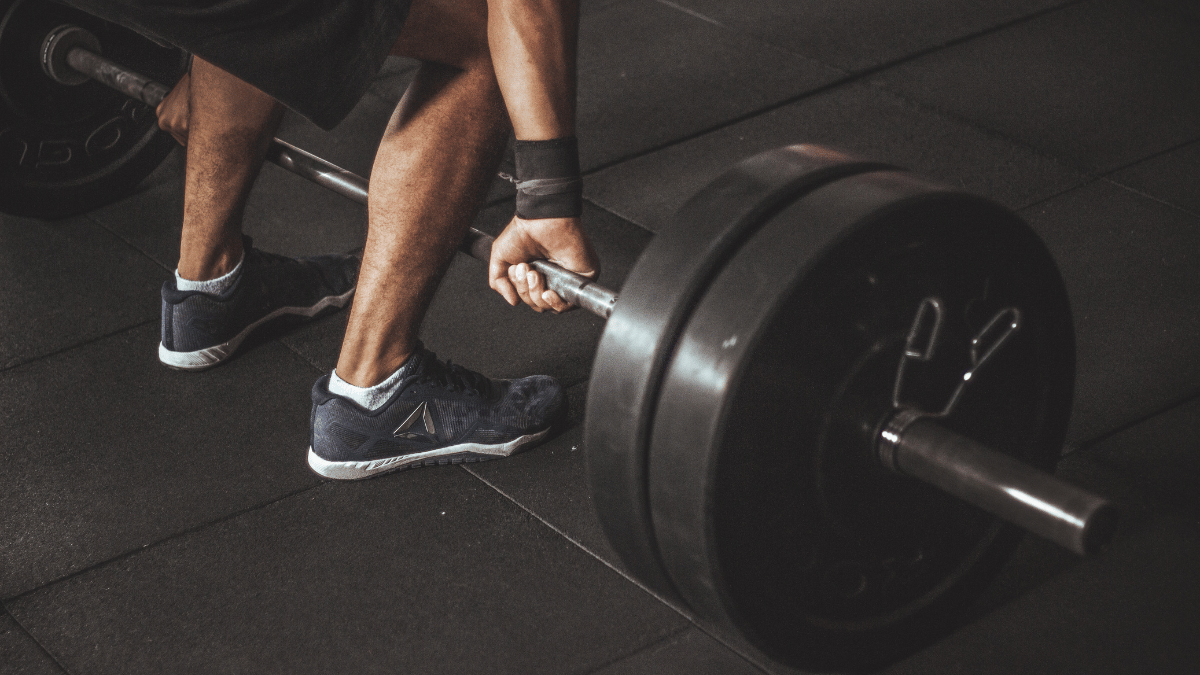





















.png)
.png)
.png)



























.png)
.png)
.png)
.png)
.png)
.png)
.png)
.png)
.png)
.png)
